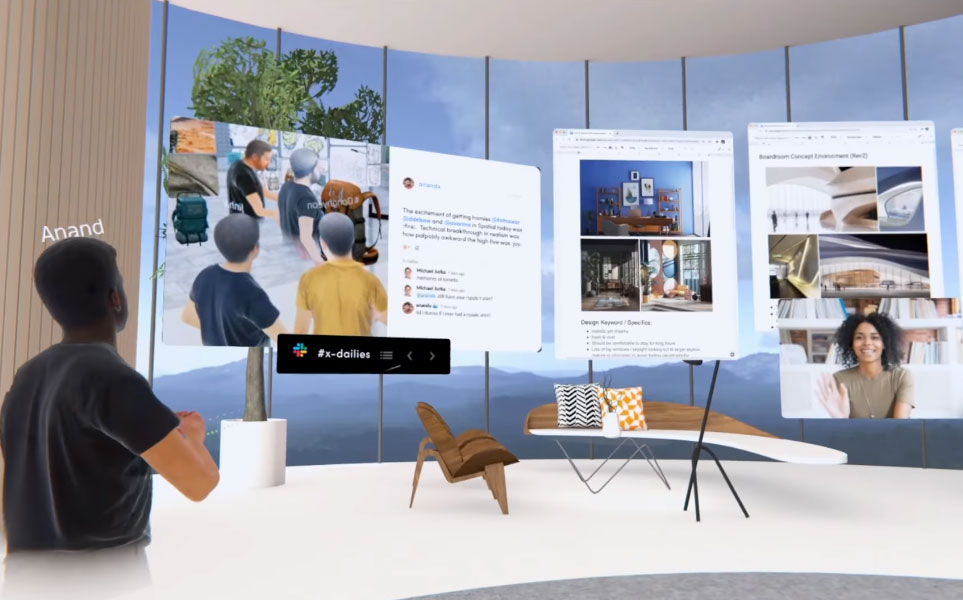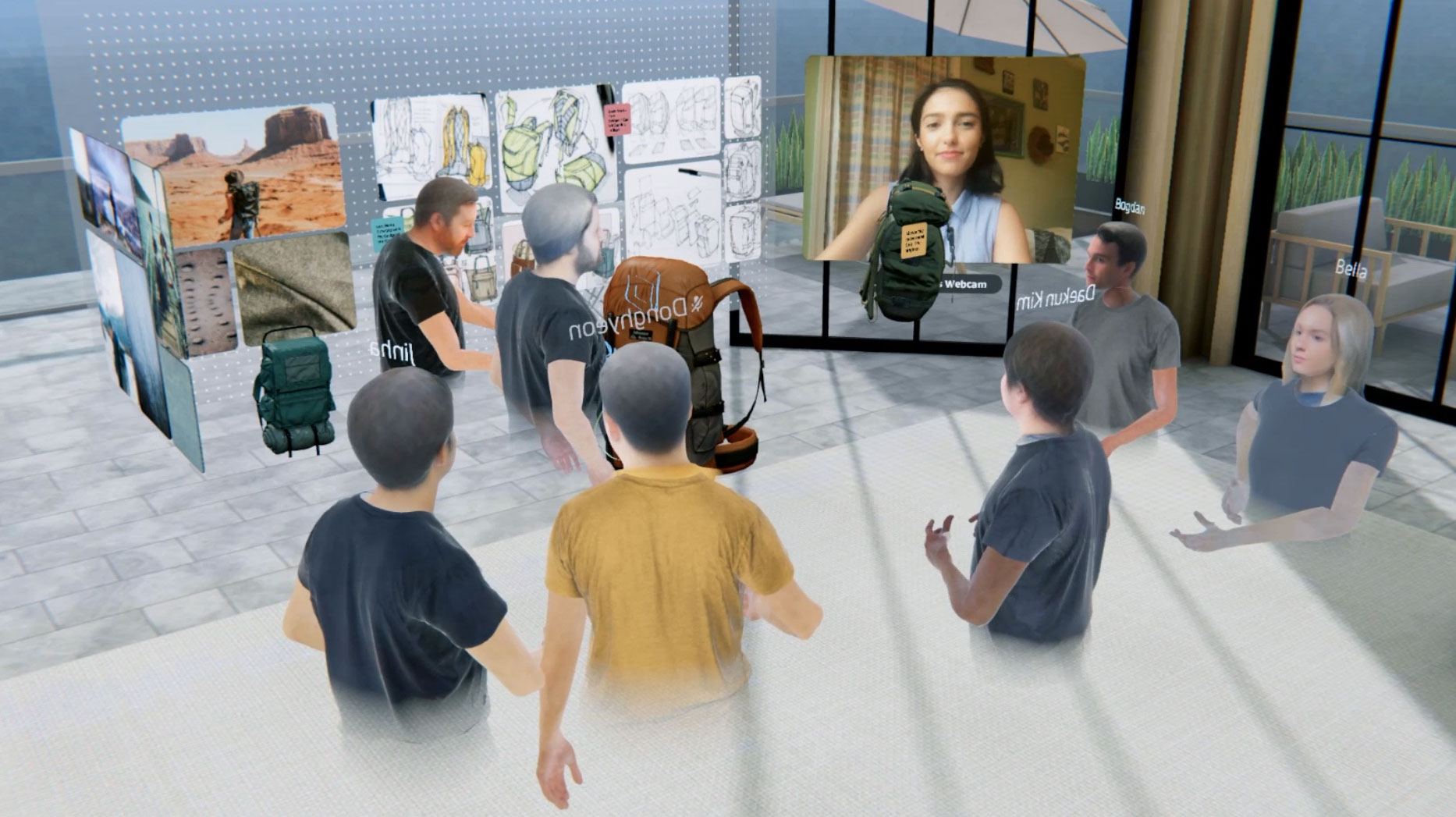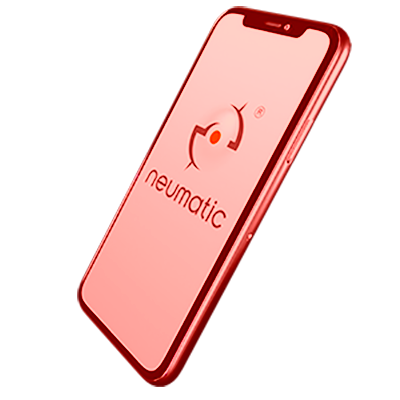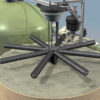Accelerated Adoption of Virtual Reality Tools
The pandemic has changed the way brands and companies communicate with their customers and their employees. It has accelerated technology trends and made the digital transformation of business a necessity. Look at the rise of video conferencing as a means for collaboration, it has taken off in the last year.
As the work from home paradigm spreads, new tools for effective collaboration and sales are gaining popularity. The future will likely bring a hybrid approach to work from home. Some digital tools will survive past the pandemic necessity. These new tools will bring an added element of productivity and collaboration that can’t be achieved by any other method. They will augment traditional ways of working, and bring a revolutionary new approach to communication, collaboration and sales.
As the new reality of work solidifies, tools like video conferencing are seeing their limitations. Yes, screen sharing is great, but how many webinars and Zoom calls can we all sit through? How will teams better collaborate and how will sales and marketing teams better reach their customers?
Even as restrictions lift the remote office will be here to stay in many industries.
But how do you engender a sense of personal connection, culture and brand awareness in this new reality?

Credit: Spatial.io
Spatial Collaboration: Virtual Reality's Answer to the Future of Work
One answer is virtual reality and the rise of spatial collaboration tools. Virtual Reality has been threatening to become the “next big thing” for some time now.
After its most recent surge in 2017, the technology did not catch on in the main stream. This was a result of many factors including the lack of a killer app and the expense and cumbersome nature of the physical hardware.
But as they say, “necessity is the mother of invention”, and virtual reality (VR) and other forms of mixed reality (XR) are seeing a new found resurgence.
What is Spatial Collaboration and How Does it Work?
Imagine meeting a group of people in virtual space. You are all working remotely and represented by some form of digital avatar. You have the ability to move around a virtual 3D space. The space is populated with 3D elements and backgrounds. You can even bring in other collaboration tools like Power Point slides, white boards, videos and screen sharing. Within this room, all participants are experiencing this virtual world simultaneously. It is multi-player (so to speak). Audio and video streams can be incorporated so you can speak to each other in real time. It’s not quite The Oasis from Ready Player One, but it is approaching something like that.
The enterprise application of spatial collaboration has exploded with many examples of platforms popping up. Cavrnus, Arthur, and Glue are a few examples of this burgeoning tool. The Wall Street Journal has an interesting article on another tool called Spatial which offers up a holographic avatar of the user for more realistic interactions. Social VR platforms like AltspaceVR and Mozilla Hubs are also starting to gain popularity. Gaming platforms like Fortnight and Roblox have been experimenting with similar virtual gathering spaces for live concerts and parties.
When you try out these platforms you get a real sense that you are seeing the future of work and entertainment. These tools make you feel like you are sitting across from people that might be half-way across the globe. It is ground breaking for collaboration and connection.
How This Technology Can Be Applied To Business
VR spatial collaborative tools offer a new method for working in teams in all departments from design to sales.
For design and sales teams the benefit comes from interacting and presenting a 3-dimensional object in virtual space. There is increased comprehension when experiencing something in 3D space and using your entire body to explore it.
For example, if you can walk around a 3d model of an engine, lean in and see its components, pier underneath to see how components fit together, your mind will better assimilate and retain that spatial information.
The benefit also comes from the feeling of being present with other people, whether they are your colleagues or your customers. That personal connection and potential for collaboration leads to the generation of new ideas and increased sales.
Sales Teams Making the Connection To New Customers
Sales teams need ways to build professional relationships. With many conferences shut down completely and travel restricted, the ability to get in front of a customer is limited.
So much of sales is about the personal touch about being present together with your customer. Virtual Reality, especially when it is experienced in a headset, gives a level of intimacy and immediacy that other virtual tools cannot. But even when you are connecting via a desktop app or mobile phone the simultaneous experience of being in a virtual space with other people can provide that connection that in-person meetings provide.
Faster Iteration for Design Teams
For product design teams the benefit of spatial collaboration in VR is clear.
3D models of prototypes can be viewed, adjusted and discussed.
Where once there may have been a series of back and forth emails and calls, now collaboration, changes and improvements can be done in real-time in a virtual spatial environment.
Multi-Platform Distribution: You don’t need VR goggles (but they really do maximize the experience)
It is important to note that many of these spatial collaborative platforms are accessible over multiple formats: VR googles, mobile phones and desktop applications. If you don’t have a VR headset, this won’t prevent you from participating. The most immersive experience will always be had with a VR headset, but multi-formats allow for a scale and accessibility that is essential for adoption.
Imagine the reach of your sales team if they could meet with potential clients across the globe all from the comfort of their home office.
The fact that the virtual space is three-dimensional and spatial is key to its effectiveness.
The VR hardware company HTC conducted a study that concluded VR increases focus by 48.6 percent.
Instead of staring at a flat 2D video screen of someone’s head, like you would do in a video conferencing app, you are open to explore the space and navigate around to discover elements on your own. This self-direction of the narrative is key to participation as well as immersion. I
nstead of passively watching a 2D video that has a beginning middle and end, you create your own narrative and progression through the space. This interaction increases participation and recall of the event and objects in the space. The recall and memory of the event is more salient, similar to having an interaction in real physical space.
The Future of VR and Spatial Computing
As the 3D spatial computing phenomenon advances and more marketing and sales occurs in this space, companies will want to build their 3D product libraries. Being a first adopter of this technology will give your company an advantage in this new digital reality. Spatial computing is a spectrum of technologies such as computer vision, machine learning, graphical processing and optics among others. It’s a convergence of technologies that will lead to a brand-new digital reality. AR and VR are just the beginnings of this new digital space.
We can assist you in the development of 3D content and collaborative 3D spatial sales tools. From strategy to design to development, we can build your team a successful 3D marketing and sales tool.
It’s an exciting new arena with so much potential for innovation. Come join us in this space.
If you are interested in learning more about how we can assist your company build a new 3D spatial collaborative communications tool please contact us.
We can’t wait to launch your team into this new reality.










